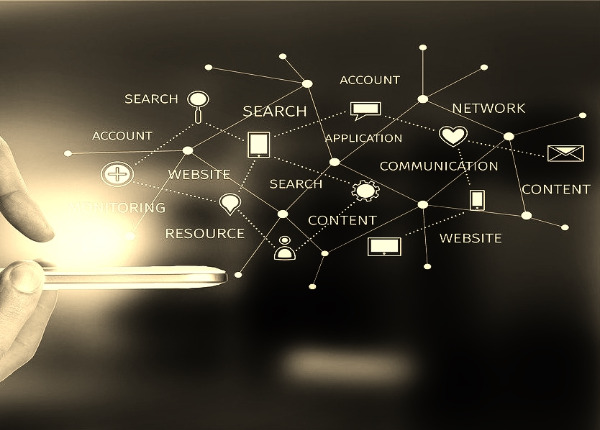Cut the Cord, Narrow the Stream, Reconnect

A few years ago I was writing about how a lot of people were looking to save money on their TV entertainment by what was known as "cutting the cord" since it meant disconnecting from a cable service. Those services had boomed in the 1970s and 80s and had brought clear channels from local and distant services and led to the rise of services like HBO and Showtime. People are still cord-cutting, but things have changed.
We tired of $100+ per month channel bundles that included lots of channels we never watched. People wanted a cafeteria-style choice. Just pick the things you wanted. But cable companies didn't want to offer that. So, people began to drop their cable contract and replace it with streaming TV services and perhaps a TV antenna or device that offered local channels, news, and a kind of all-in-one bundle.
In 2015, I wrote about a group of people that I called "The Disconnected" and I did a presentation on how we might connect to the disconnected. The disconnections ranged from cord-cutting to ownership of things (home, cars, physical media) and possibly from education and the world. Since then, I have added other disconnected aspects of our lives.
The pandemic that forced disconnections in early 2020 has accelerated some of that. Ironically, as disconnected as we became to friends, offices, campuses and stores, most of us became more connected to media.
Cord-cutters still needed an Internet service and that connection became quite critical in these pandemic times. We needed it to continue working, learning and staying in touch with other people. Those connections are very important, but I also have been thinking about how connected we have become to those streaming services on our screens for entertainment.
The tech divide either got wider the past year or minimally became more obvious. Home Internet speeds should be at least 15Mbps (megabits per second) for each device you plan to have running at the same time. That means that those two TVs, the laptop and three smartphones and one tablet all playing at once would ideally have a connection of at least 105Mbps. That’s a lot to ask of a DSL or satellite service and from most cable company broadband services. Those people with access to fiber broadband or some other fast connection had a big advantage.
It is now almost a decade from dropping your cable connection and moving to streaming and now I am hearing more people complain about the cost of buying all the services needed to keep up with the content that all your friends are telling are essential viewing.
What is the cost of having Netflix, HBO Max, Disney Plus, Hulu, Amazon Prime, Peacock, and others and also a bundle of live TV channels such as YouTube TV or Sling TV?
Yes, there are a bunch of free (ad-based) sources of streaming video too (Crackle, IMDb, Kanopy, Peacock, Hoopla, Pluto TV, the Roku Channel, Tubi TV, Vudu, etc.).
You might also want a streaming device that connects to the Internet and allows you to show things on devices on bigger screens (Chromecast, Roku’s Streaming Stick, or Amazon’s Fire TV Stick.
At one time, I could watch Disney films on Netflix, but Disney and most of the other content providers have now decided that they are better off offering their content on their own services. YouTube TV recently was removed from Roku. Battles will continue.
If you cut the cord, will you soon need to cut or narrow the streams flowing into your home?
Trackbacks
Trackback specific URI for this entryThe author does not allow comments to this entry
Comments
No comments